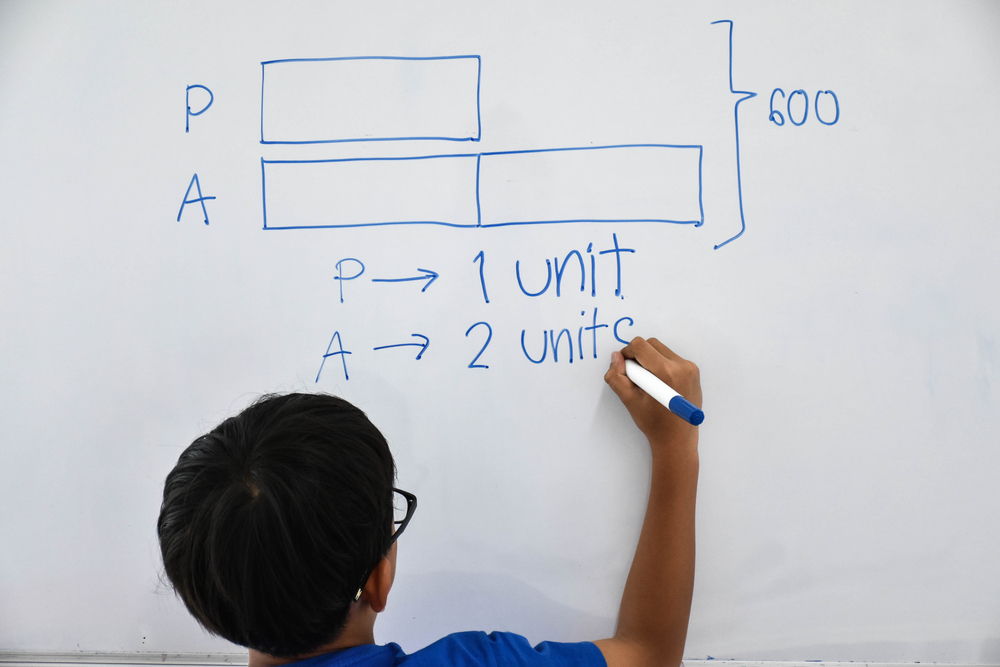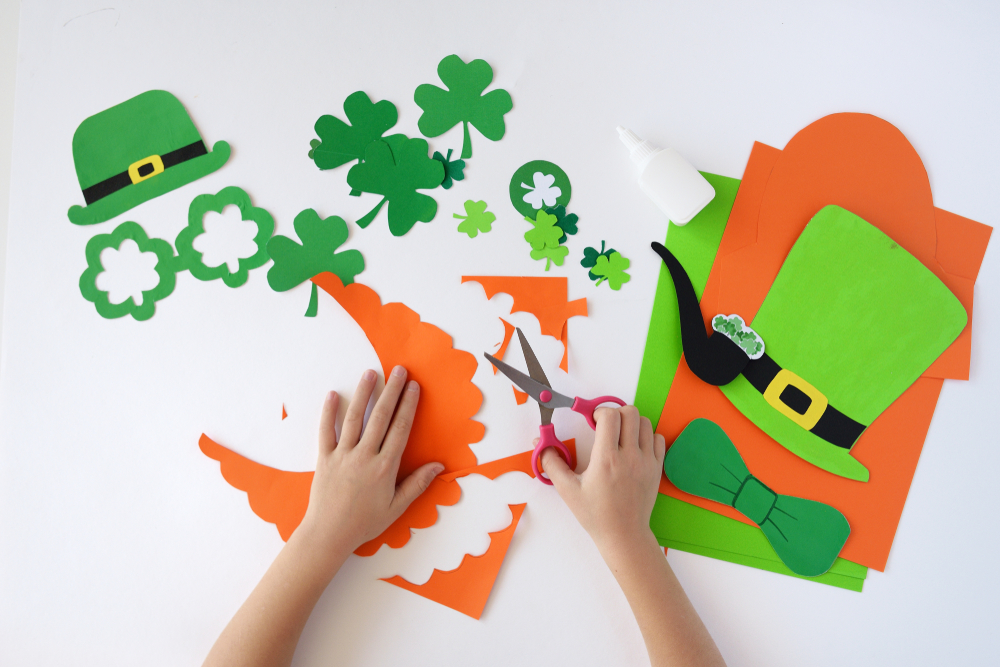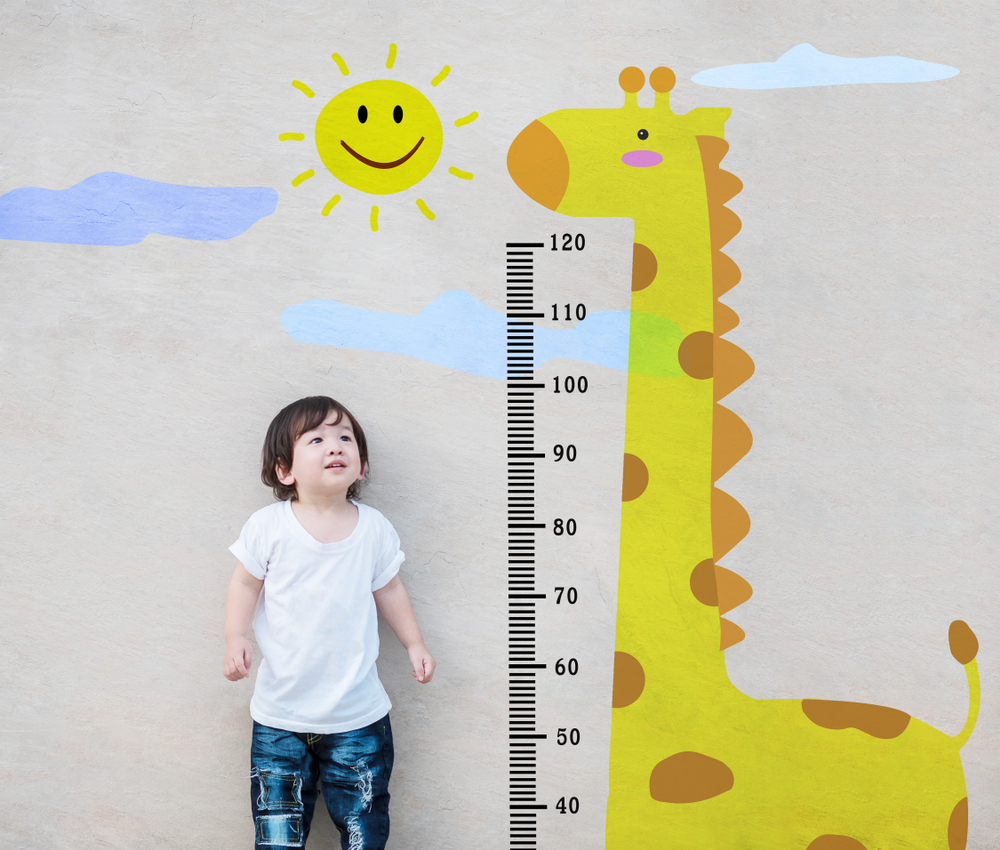Graphs Worksheets for Ages 3-9
27 filtered results
-
From - To
Our engaging and educational Graphs Worksheets are designed for children ages 3-9, helping them develop crucial math skills early on. These worksheets cover a variety of graph types, including bar graphs, pictograms, and line plots, tailored to different age groups and skill levels. With vibrant visuals and fun activities, kids enhance their ability to collect, organize, and interpret data effectively. Whether at home or in the classroom, these printable worksheets provide a comprehensive and enjoyable way to introduce young learners to the world of graphs. Perfect for building a strong mathematical foundation and fostering a love for learning!
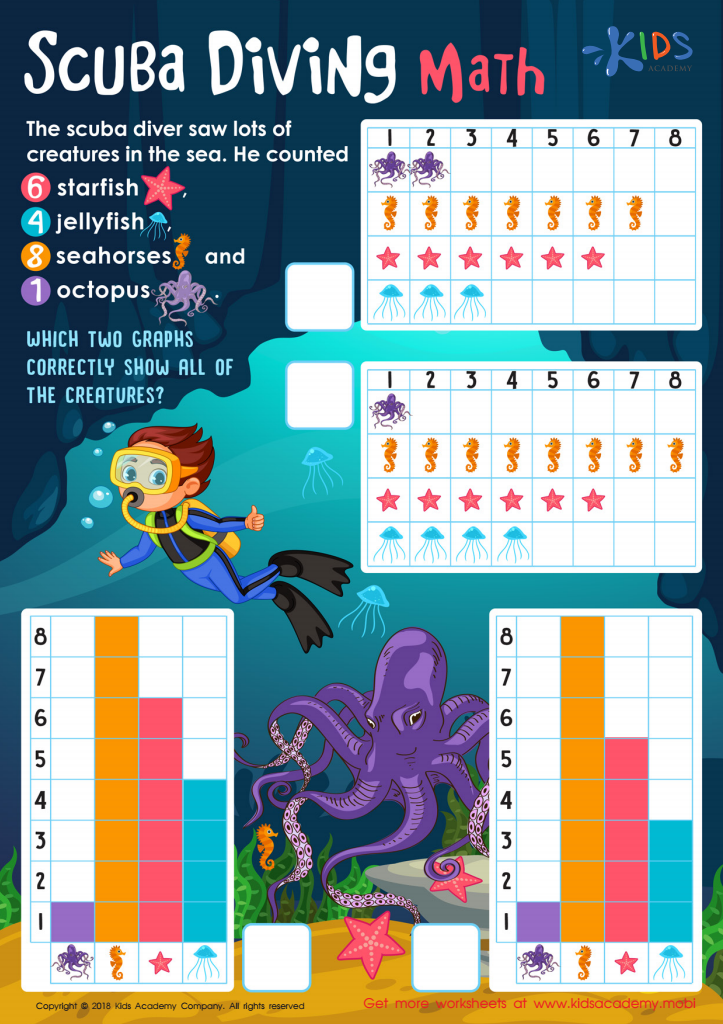

Scuba Diving Math Worksheet
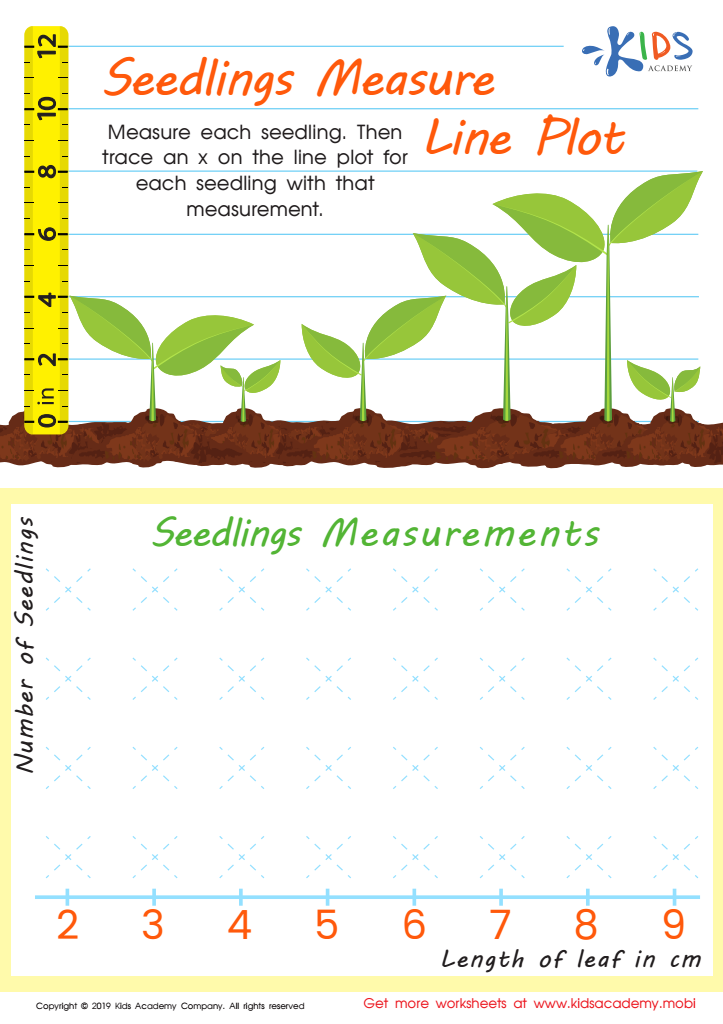

Seedling Measure Line Plot Worksheet
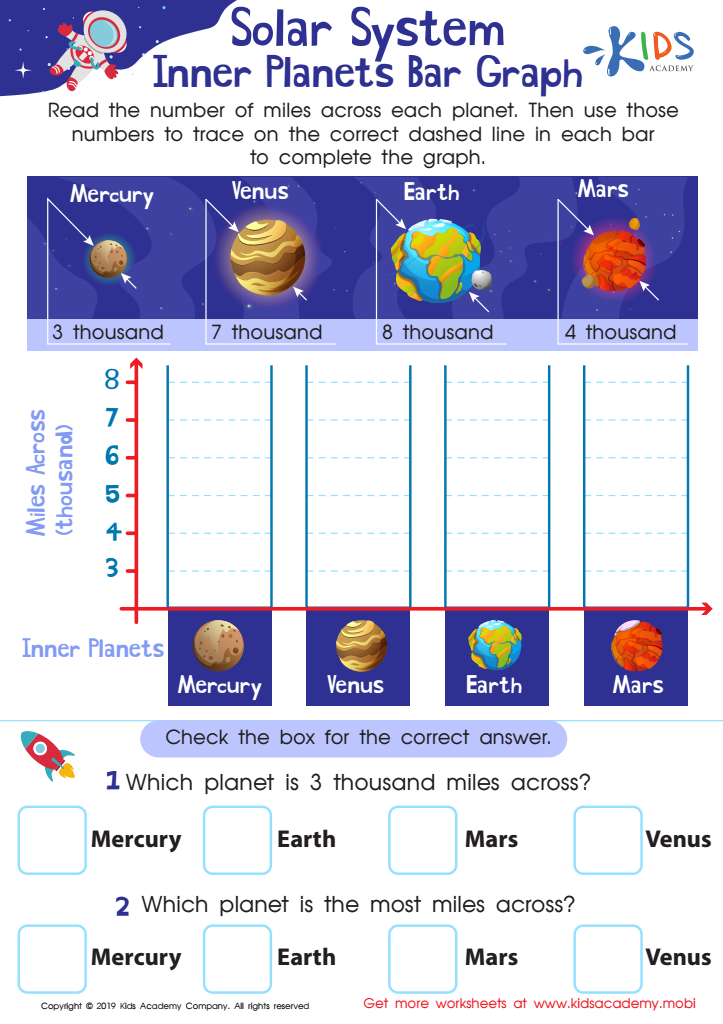

Planets Bar Graph Worksheet
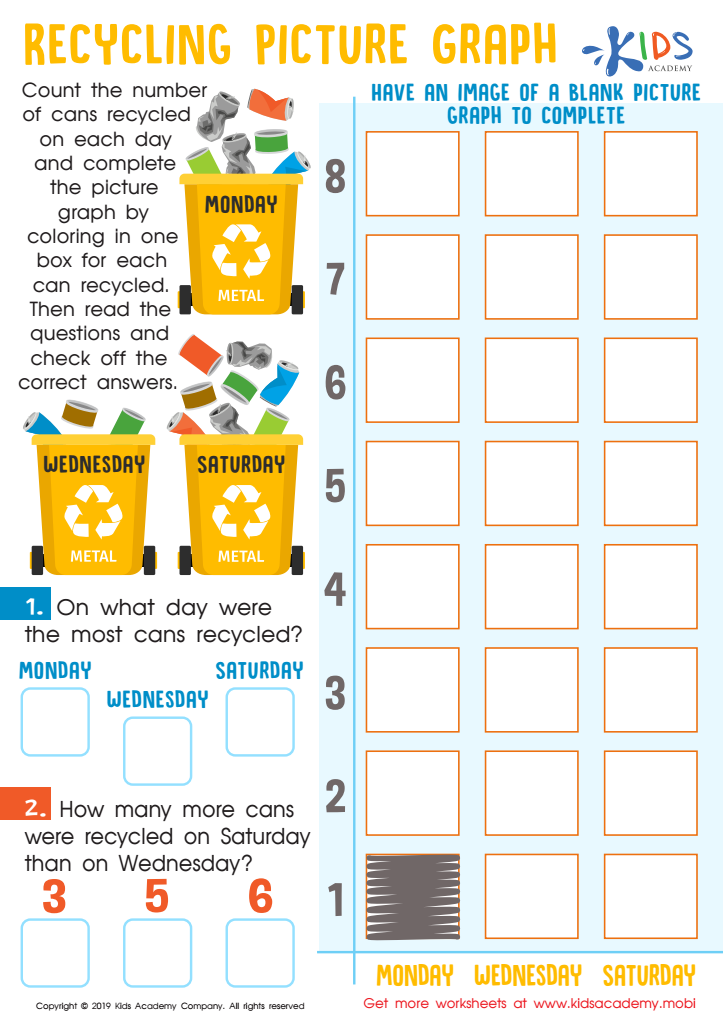

Recycling Picture Graph Worksheet
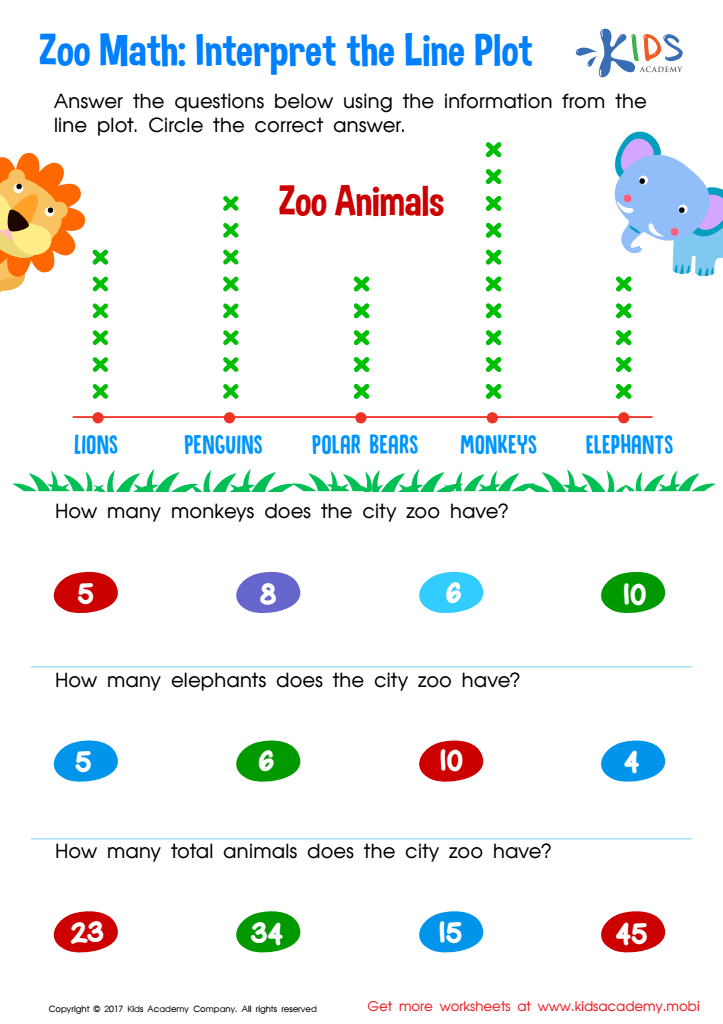

Interpret Line Plot Worksheet
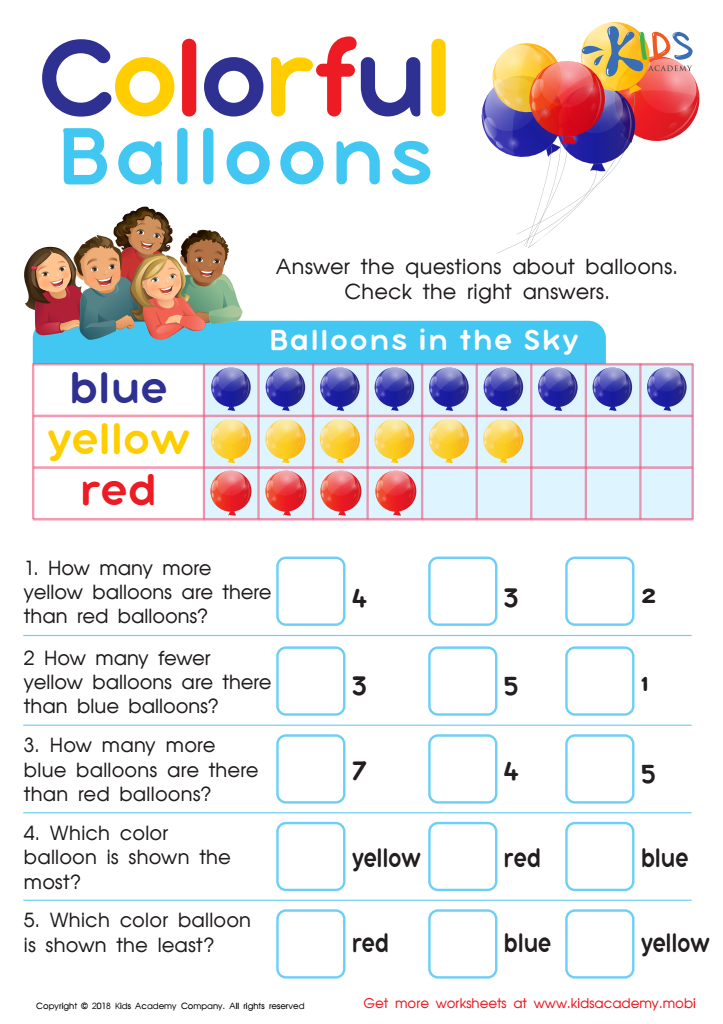

Picture Graphs: Colorful Balloons Worksheet


Tree Graph Worksheet
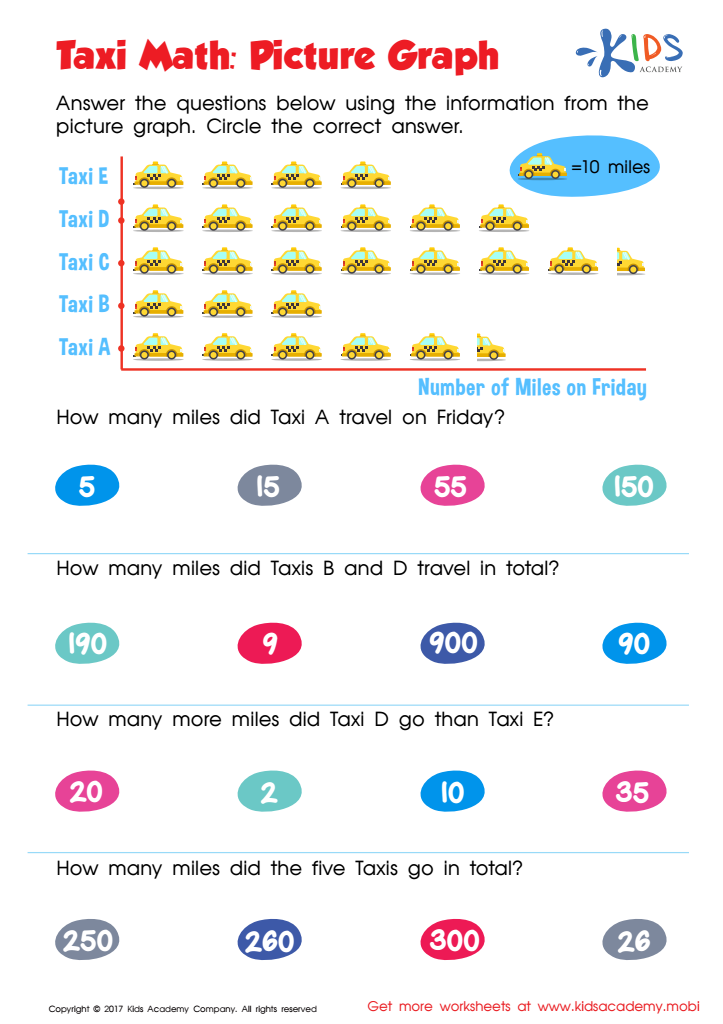

Taxi Math Worksheet
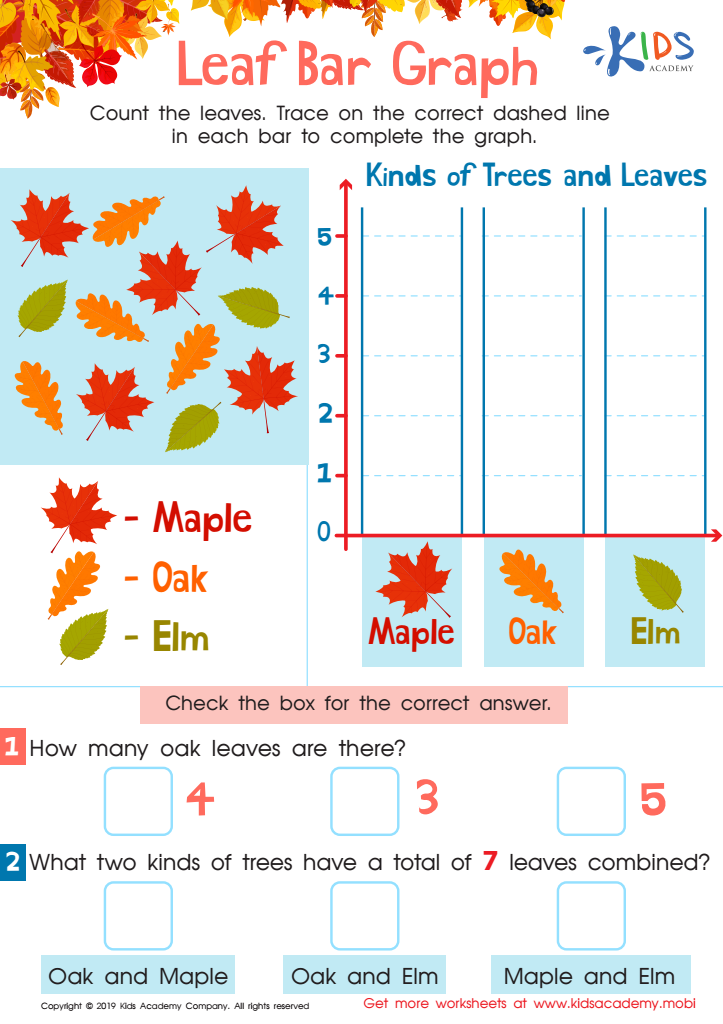

Leaf Bar Graph Worksheet
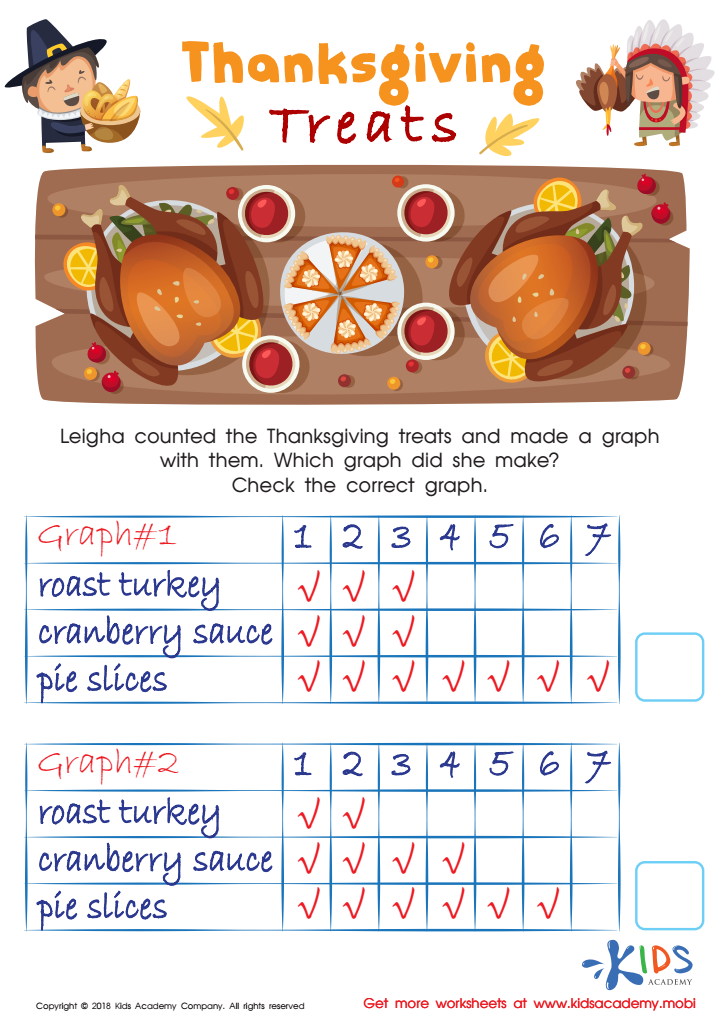

Graphs: Thanksgiving Treats Worksheet


Fruit Math: Picture Graphs Worksheet
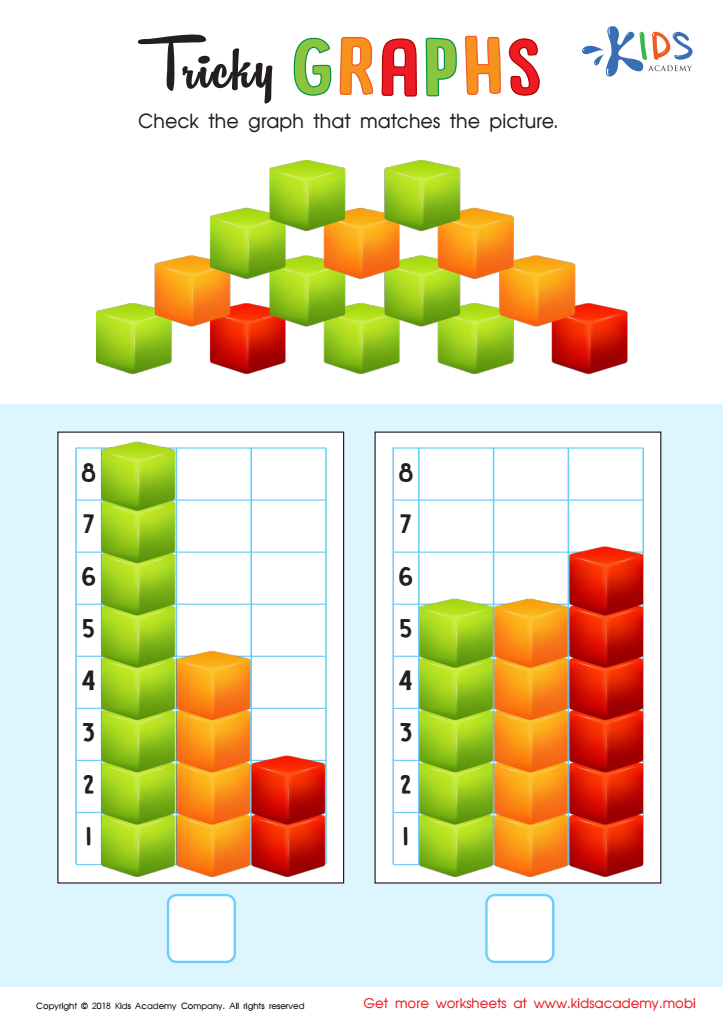

Tricky Graphs Worksheet
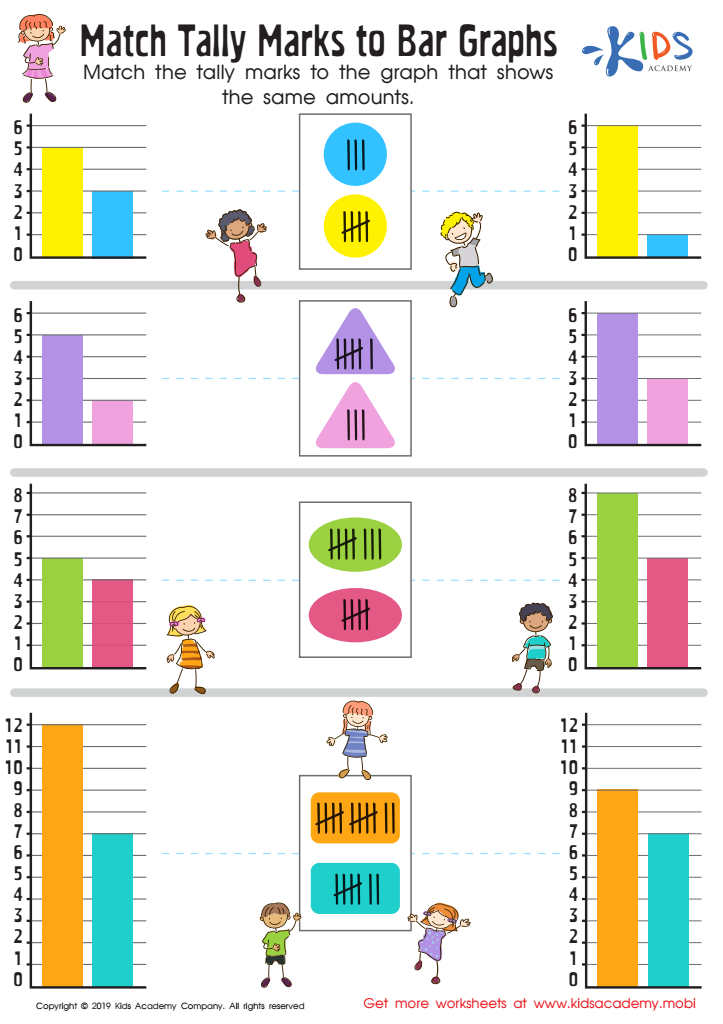

Match Tally Marks to Bar Graphs Worksheet
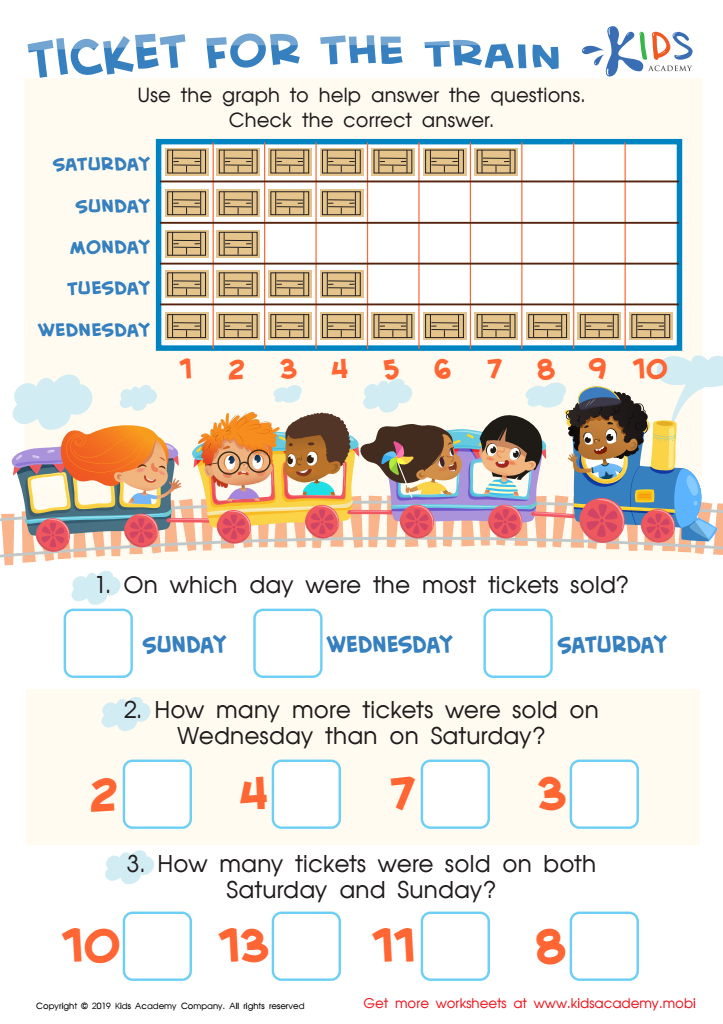

Ticket for the Train Worksheet
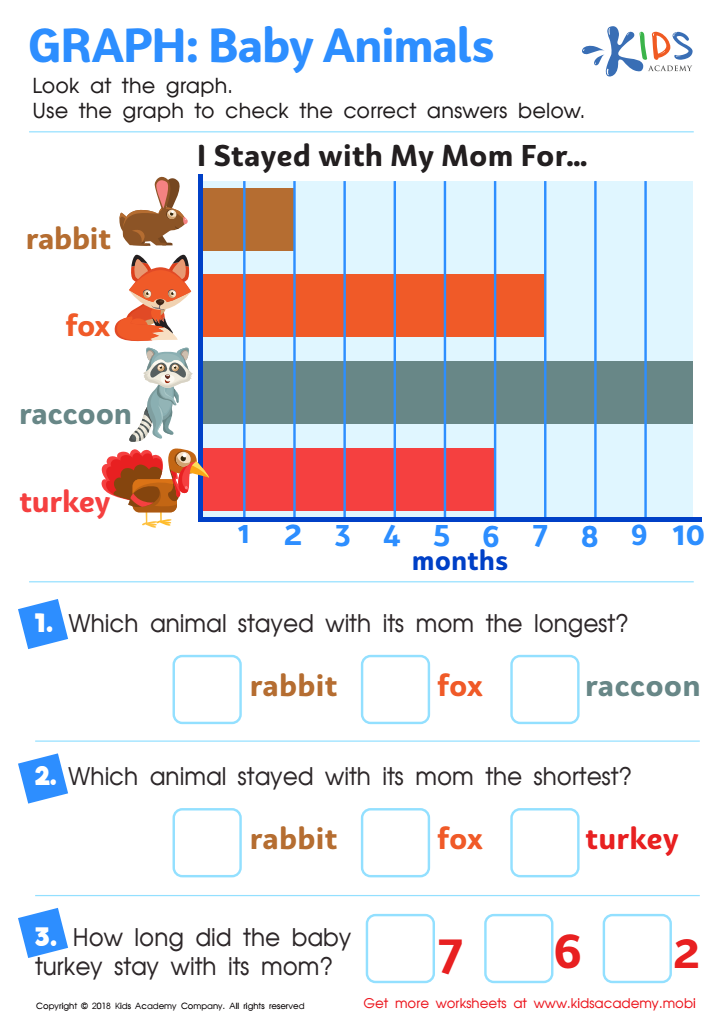

Graph: Baby Animals Worksheet
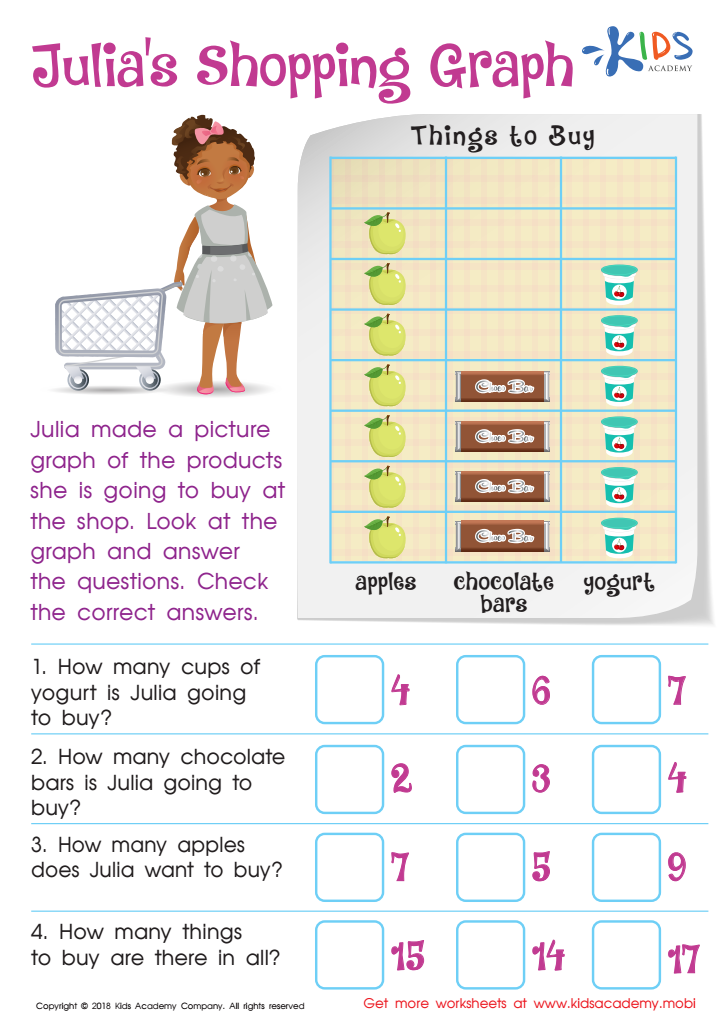

Julia's Shopping Graph Worksheet
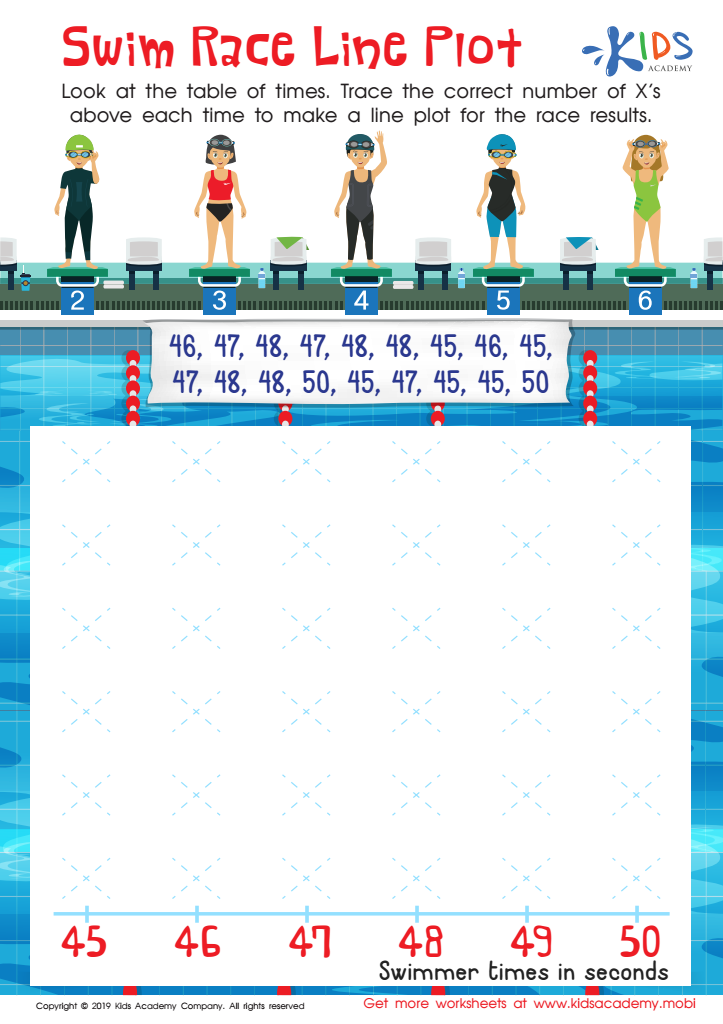

Swim Race Line Plot Worksheet
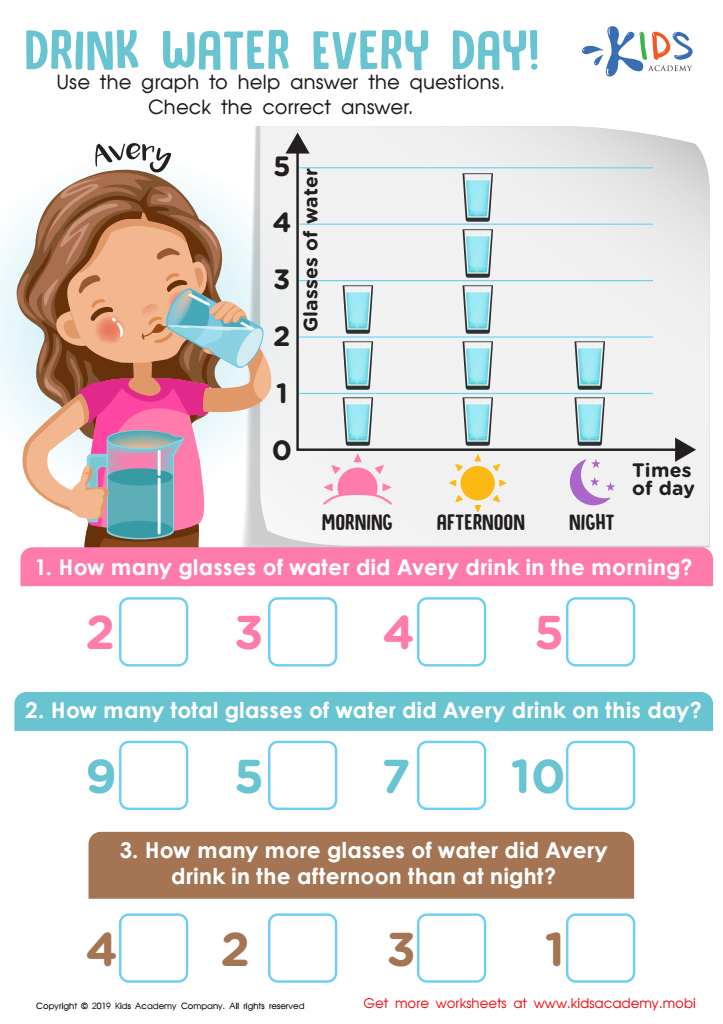

Drink Water Every Day! Worksheet
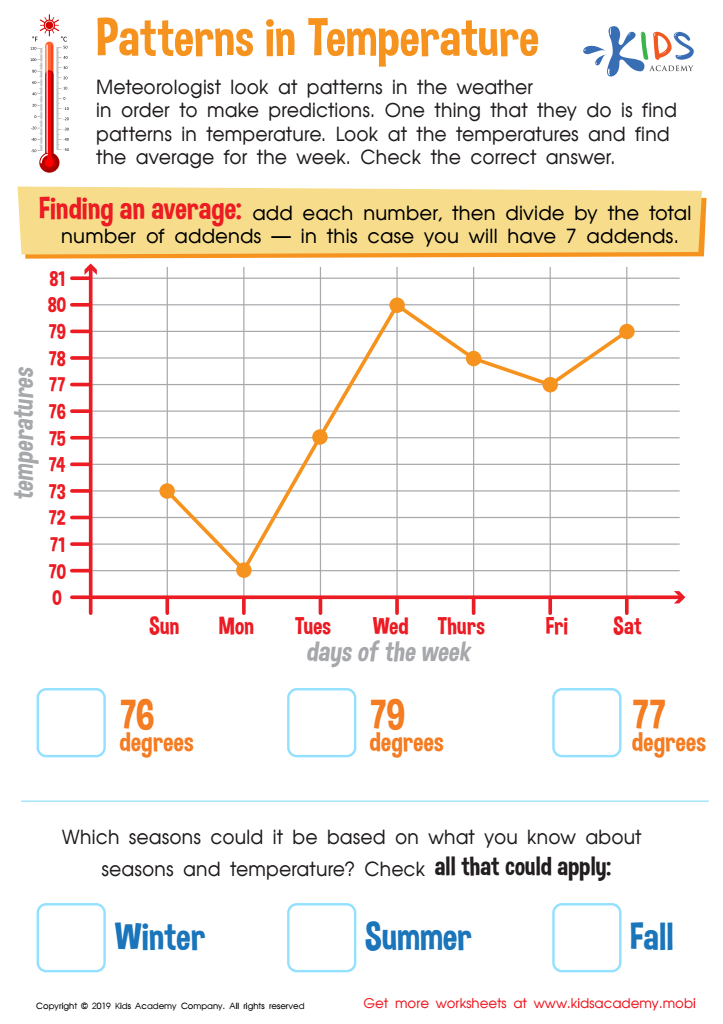

Patterns in Temperature Worksheet
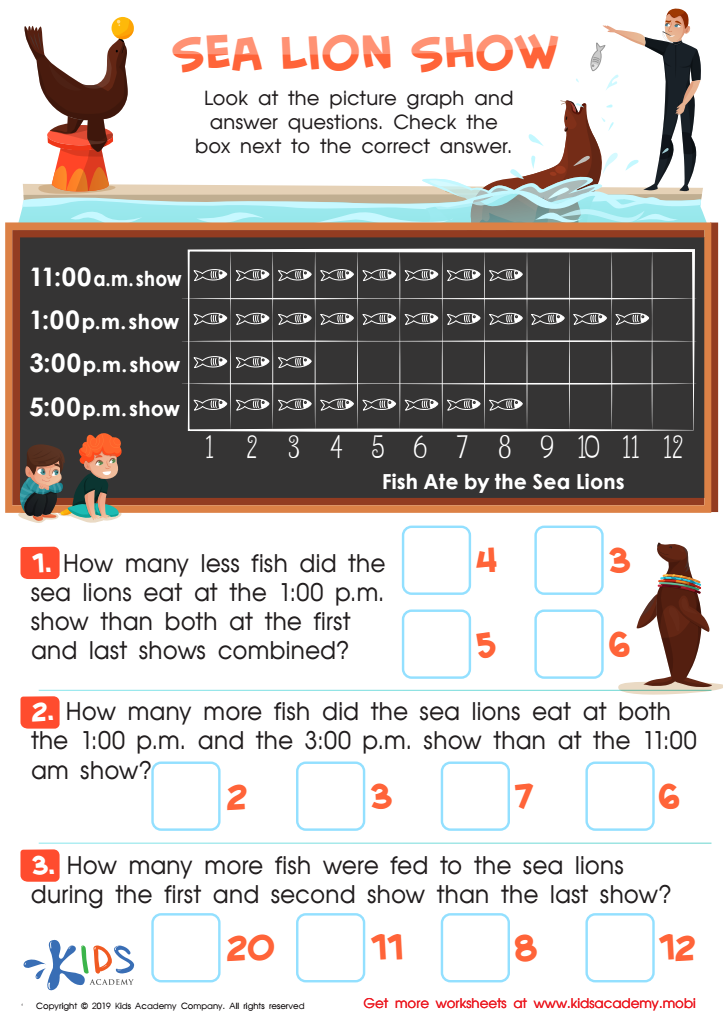

Sea Lion Show Worksheet
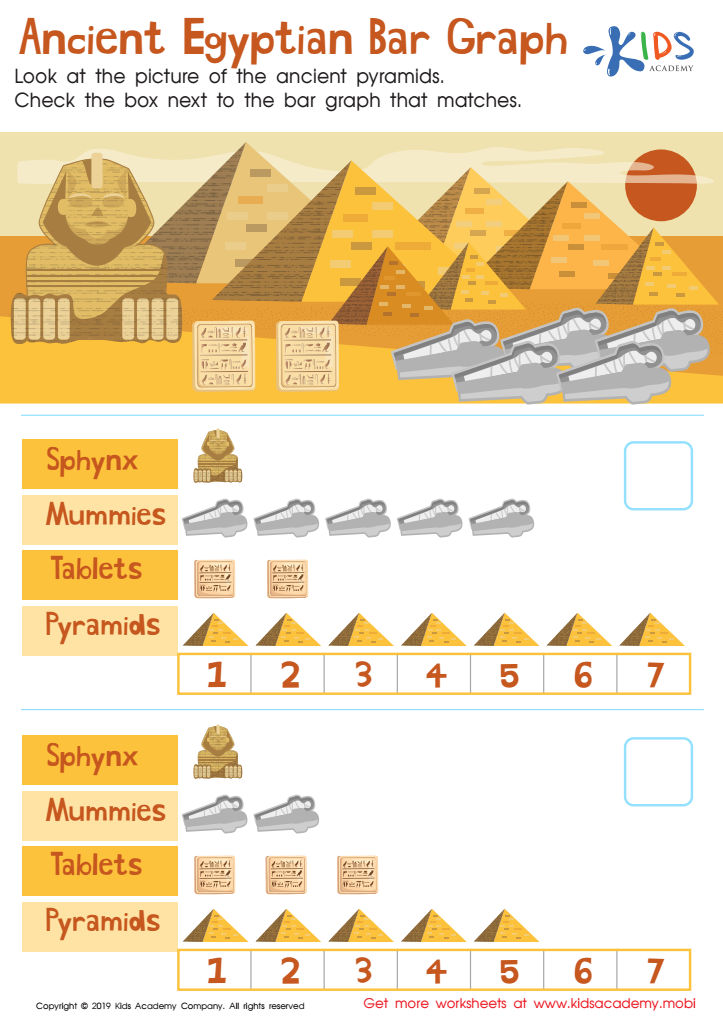

Egyptian Bar Graph Worksheet
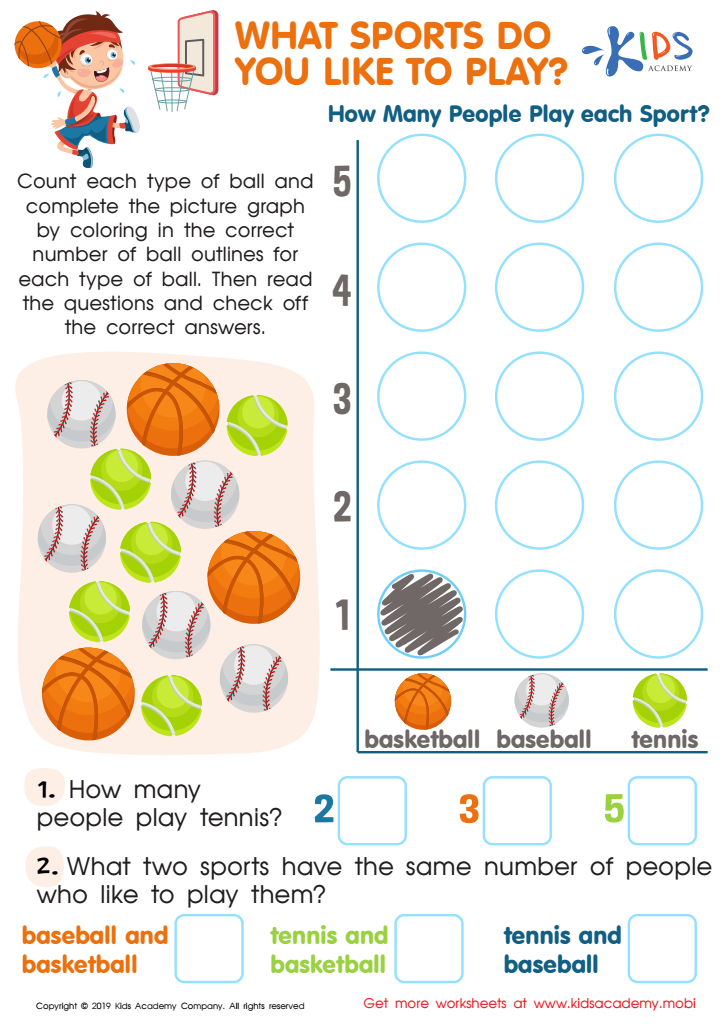

What Sports Do You Like to Play Worksheet


Lobster Trap Line Plot Worksheet
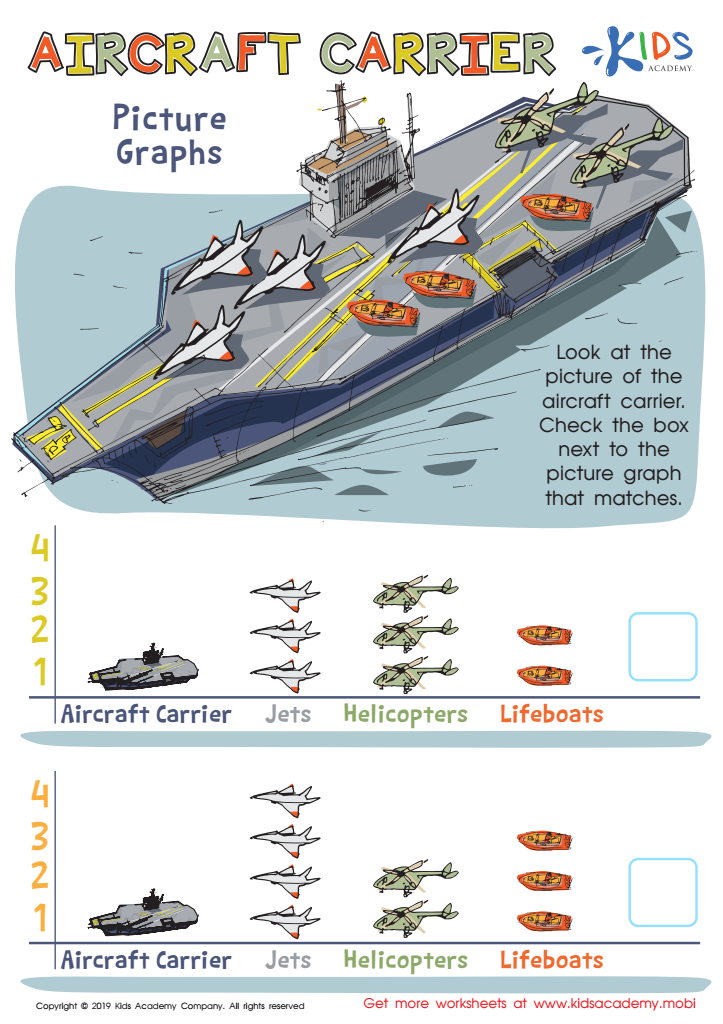

Aircraft Carrier Picture Graphs Worksheet
Parents and teachers should care about introducing graphs to children ages 3-9 because early exposure to this fundamental concept can greatly enhance their cognitive development and foundational learning skills. At this age, children are naturally curious and capable of understanding basic graphical representations, which serve as visual tools to organize and interpret information.
Graphs can make abstract concepts more concrete and understandable. For example, simple picture graphs or bar charts can help young children visualize counting, comparing quantities, and recognizing patterns. This can improve their number sense and critical thinking skills. Watching a bar graph grow as data points are added can also make learning exciting and engaging, as children can see real-time results of their input.
Furthermore, learning about graphs encourages the development of valuable skills such as categorization, sequencing, and data interpretation, which are essential for everyday problem-solving. By understanding how to create and read graphs, kids also gain early experience in scientific thinking and methodological approaches.
Lastly, early comfort and familiarity with graphical information lay a strong foundation for more complex mathematical and analytical skills required in later education stages. Fostered enthusiasm for graphs at a young age consequently promotes lifelong learning and analytic competence, preparing children for future academic and real-world challenges.
 Assign to My Students
Assign to My Students


